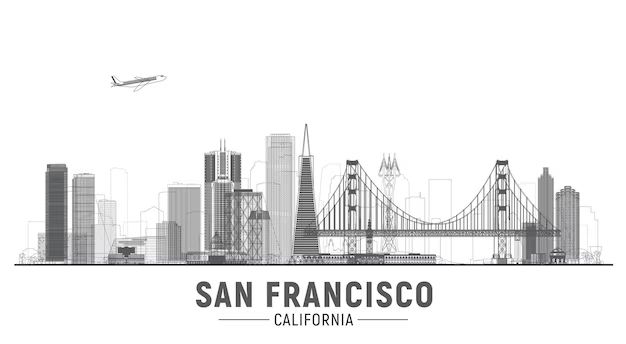Applying for a building permit in San Francisco can seem daunting, but breaking down the process into clear steps makes it much more manageable. Here is a comprehensive guide to navigating the building permit application process from start to finish.
Page Contents
What is a Building Permit?
A building permit is an official document that gives you legal permission to start construction on a building project in San Francisco. It ensures your project follows local building codes and zoning laws. All new construction, renovations, additions, alterations, repairs, demolition, and other work require a permit.
When Do I Need a Permit?
Here are some examples of projects that require a building permit in San Francisco:
- Adding or altering walls, ceilings, floors, doors, windows
- Remodeling bathrooms, kitchens, bedrooms, basements
- Building decks, garages, fences, driveways, carports
- Finishing attics or basements
- Major electrical, mechanical or plumbing work
- New commercial tenant improvements
- Installing solar panels
- Demolishing a structure
If you are unsure if your project needs a permit, check with the San Francisco Department of Building Inspection (DBI).
Steps to Apply for a Building Permit
Follow these key steps to successfully apply for a building permit in San Francisco:
1. Determine Zoning and Construction Requirements
Review the zoning regulations and construction codes for your project location and scope. This will determine what is allowed on your property. San Francisco zoning maps and construction codes can be found on the DBI website.
2. Hire Professionals
you will need:
- Architect – To draw permit plans
- Engineers – For structural, electrical, plumbing, mechanical work
- Licensed Contractors – General, electrical, plumbing, mechanical
Hire qualified professionals early in the process to avoid delays.
3. Submit Permit Application
You or your architect will submit the completed permit application and all required documents to the DBI either:
- Online via the DBI website
- In person at the Permit Center
The required documents include:
- Application form – Completed and signed
- Construction plans – Drawn to scale, multiple copies
- Technical reports – Structural calculations, energy compliance
- Notice of special inspection – Signed statement from architects/engineers
4. Pay Fees
Once your application is accepted, you will receive an invoice for permit fees that must be paid before approval. Fees are based on factors like project type, size, construction value, and number of inspections needed. Expect fees from $100 to thousands of dollars.
5. Obtain Reviews and Approvals
The DBI routes your permit documents to various city agencies for review and approval. Reviews check for compliance with planning, building, fire, health and other codes. Timeframes range from 6 weeks to over a year depending on project complexity. You may need to revise plans during the review phase.
6. Pick Up Your Permit
Once approved, the signed permit will be issued and you can pick it up from the DBI. This authorizes you to start work on the project under the approved plans.
During Construction
Important things to know during the construction phase with your permit:
- Display the permit signs provided by DBI in a visible area on site.
- Schedule all required inspections via DBI’s online system.
- Keep a copy of the approved plans on site.
- Follow the approved plans – any changes require approval.
- Comply with all city codes and construction requirements.
Finalizing the Permit
To formally close out your permit, you must:
- Pass all required final inspections.
- File a Permit Completion Certificate signed by the relevant professionals.
- Pay any outstanding fees.
This completes the permit process. Failing to properly close it out will cause issues when selling the property.
Key Tips for Getting a Building Permit
Follow these tips for a smooth permit approval process:
- Apply early – File paperwork as soon as possible, ideally 12+ weeks before you want to start work.
- Be thorough – Double check to submit all required documents and information.
- Communicate clearly – Be responsive to requests and inquiries from DBI staff.
- Hire professionals – Let experienced architects and contractors handle the process.
- Ask questions – If anything is unclear, contact DBI staff for help.
Conclusion
Although applying for a San Francisco building permit involves many steps, breaking down the process and understanding what’s needed will set your project up for a smooth approval. Leveraging the help of design and construction professionals can streamline the process and prevent hangups. With early planning and clear communication, your building permit application can be swiftly approved.
